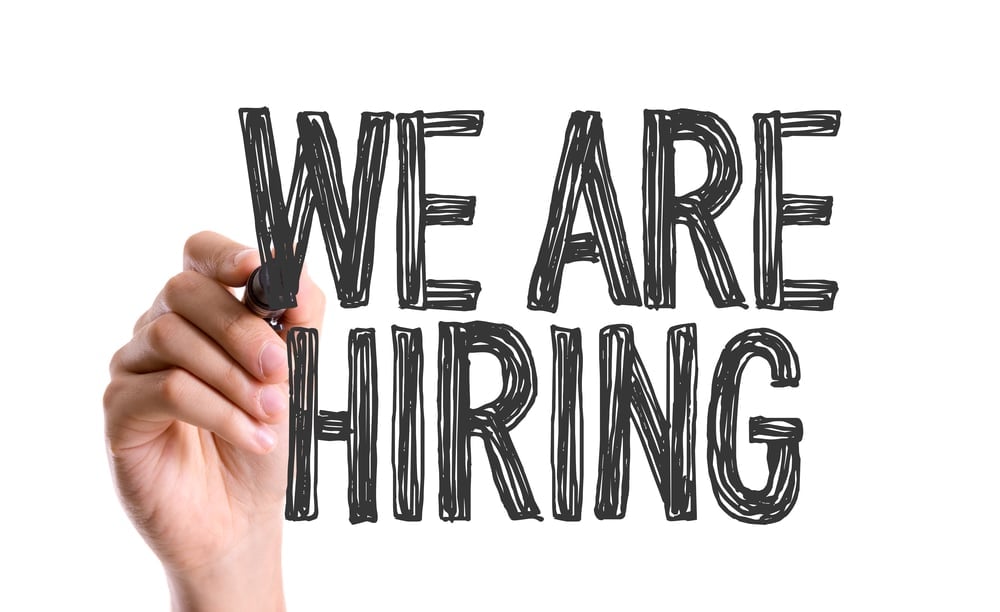I recently sat down with Culture Curated’s Season Chapman and Yuliana Lopez to ask them which metrics were their favourite and Yuliana said net hires. Let’s find out why:

Net hires are a critical component of workforce management, as they help organisations determine staffing needs, forecast future headcount, and make informed decisions about recruitment and retention strategies. In this One Model blog post, we’ll explore the concept of net hires, how it’s calculated, and why it’s essential for organisations to track this metric.
What are net hires?
Net hires, also known as net hiring or net employment, is a measure that tracks the difference between the number of employees who leave an organisation and the number of new employees who are hired during a specific period. This metric provides valuable insights into a company's workforce dynamics, such as the rate of employee turnover, the pace of recruitment, and the organisation's overall hiring needs.
This metric is an essential component of workforce planning and management, as it helps organisations to determine staffing needs, forecast future headcount, and make informed decisions about recruitment and retention strategies.
For example, if a company hires 50 new employees during a quarter and loses 20 employees during the same period, the net hires for the quarter would be 30 (50 - 20 = 30). A positive net hires value indicates that the organisation is expanding its workforce, while a negative value indicates that the organisation is reducing its workforce.
The chart below shows new hires juxtaposed against terminations. Explore several ways to visualize headcount here.

I like using One Model for the presentation of this data because you can quickly adjust by any segment or time period to see how the story changes when looking at it from different angles.
Calculating net hires
To calculate net hires, organisations need to track the number of employees who join and leave the company during a specific period. This information can be obtained from various sources, such as HRIS records, payroll systems, and employee surveys.
Once the data has been collected, organisations can use the following formula to calculate net hires:
Net hires = Total number of new hires - Total number of terminations
For instance, if a company hired 100 new employees and had 50 terminations during a specific period, the net hires for that period would be 50 (100 - 50 = 50).
Having trouble balancing headcount with net internal movements? Learn more.
Why is monitoring net hires important?
Net hire headcount is a critical metric for organisations for several reasons. Firstly, they provide insights into the organisation's overall workforce trends, such as the pace of recruitment, the rate of turnover, and the company's growth trajectory. By tracking net hires over time, organisations can identify patterns and trends in their hiring practices and adjust their recruitment strategies accordingly.
Secondly, net hires can help organisations by understanding the rate at which employees are joining and leaving the company, organisations can make informed decisions about their recruitment and retention strategies, including whether to ramp up hiring efforts, invest in employee training and development, or adjust staffing levels in response to changing market conditions.
Finally, net hires can also help organisations evaluate the effectiveness of their recruitment efforts. By tracking the number of new hires, organisations can assess the success of their recruitment campaigns and identify areas for improvement. Additionally, by comparing net hires to other metrics, such as employee engagement and retention rates, organisations can gain a more comprehensive view of their overall talent management strategy.
Challenges of tracking net hires
While net hires are an essential metric for organisations, tracking this metric can be challenging. One of the main challenges is ensuring the accuracy of the data. HR records and payroll systems are prone to errors and inconsistencies, which can lead to inaccurate calculations of net hires. Moreover, tracking net hires requires a robust data infrastructure, including data collection, storage, and analysis tools.
Another challenge is defining the period over which net hires should be calculated. Since you are measuring change over time, you could run into a situation where you get a zero result in calculated measures. In this case, having a tool that can understand and make sense of that is important.
Organisations also need to determine whether to track net hires on a monthly, quarterly, or annual basis — depending on their specific workforce management needs. Moreover, organisations need to ensure that the period over which net hires are calculated is consistent across all departments and business units, to enable accurate comparisons.
Optimising net hires
To optimise net hires, organisations need to adopt a data-driven approach to recruitment and talent management. A key way to do that is by using people analytics tools to track and analyse workforce data, including net hires, turnover rates, and engagement levels.
Final lessons from Season
As you heard in the video, Season doesn’t like looking at one metric or a metric at a single point in time because it’s misleading. With that in mind, we know that net hires mean less if you don’t understand your termination metrics and recruitment rate. Remember to think of all the contributing factors and explore the data at your disposal to create a comprehensive story that creates value for your organization.
The power of segmenting headcount
In addition to looking at supporting metrics, you should also be segmenting your headcount audience to see if there are trends across departments or geography. Only looking at things as a whole may be misleading. That’s why using a tool like One Model with flexible storyboards is vital to put all the pieces of the same story on the same page.

Make sure that a headcount dashboard is one of the first essential dashboards you build.
Ready to Learn More?
Watch me build this report live. Connect today.


